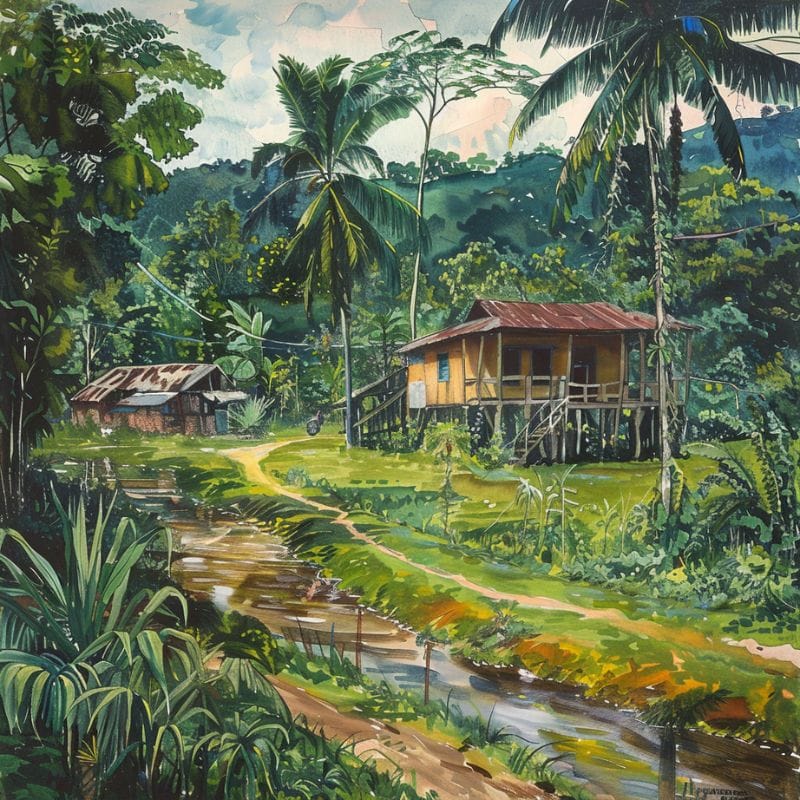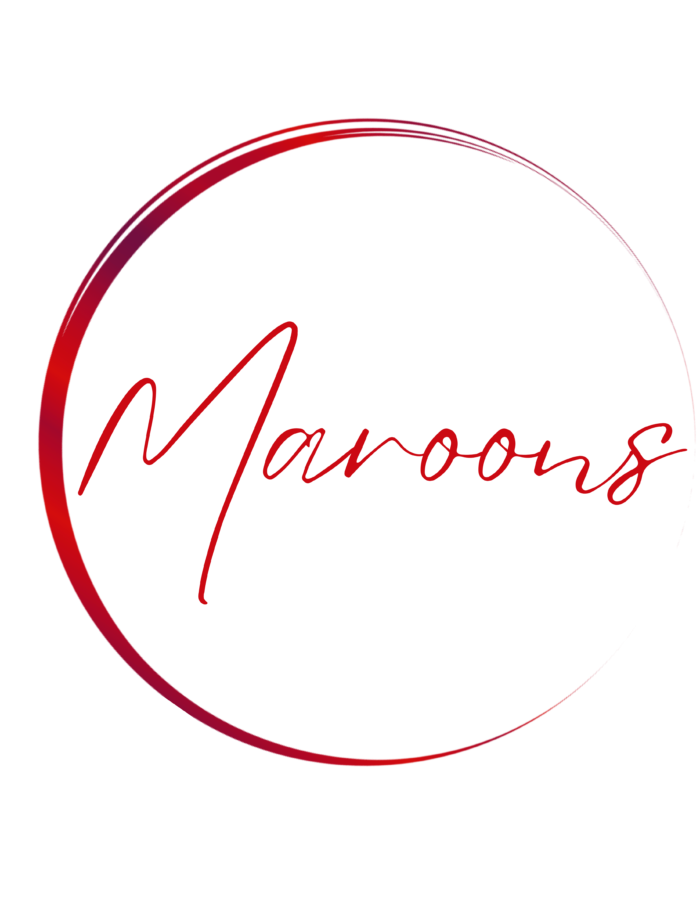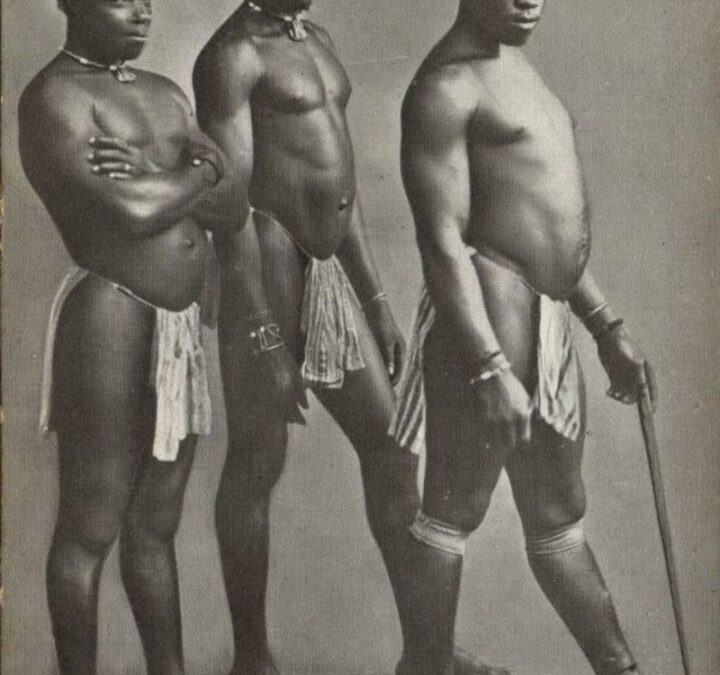Guyana, a land rich in diverse cultures and traditions, is home to the resilient and unique indigenous community known as the Bonis. This vibrant group has managed to preserve its rich cultural heritage amidst modern influences, making significant contributions to Guyana’s cultural landscape. By delving into the customs, beliefs, and practices of the Bonis, we can gain a deeper appreciation for the indigenous cultures that continue to thrive in the heart of the Caribbean.

Historical Overview
Origins and Ancestry of the Bonis
On the shores of the Caribbean lies the rich history of the Boni people of Guyana. The Boni, also known as the Aluku or Aluku people, are descendants of enslaved Africans who escaped from Dutch plantations in Suriname during the 17th and 18th centuries. These brave individuals sought refuge in the dense rainforests of present-day Guyana, where they established their own communities and preserved their culture and traditions.
Historical Conflicts and the Maroon Legacy
Overview: The Boni people faced numerous conflicts throughout history as they fought for their freedom and autonomy. Known for their fierce resistance against European colonizers and plantation owners, the Bonis established themselves as a Maroon community, embodying the legacy of Maroon societies in the Caribbean. Despite facing oppression and violence, the Bonis successfully defended their way of life and continued to pass down their cultural heritage from generation to generation.
Origins: The Boni people’s ancestors were brought to the Caribbean as enslaved Africans to work on sugar plantations. Escaping the brutal conditions of slavery, these individuals formed communities in the wilderness, developing a unique culture that blended African traditions with indigenous influences.

The Bonis Of Guyana – Preserving Indigenous Culture In The Caribbean
Language and Oral Traditions
One of the key cultural practices among the Bonis of Guyana is their rich language and oral traditions. Passed down through generations, the Bonis have a unique way of storytelling that incorporates history, myths, and everyday life experiences. The preservation of their language and oral traditions is vital in keeping their cultural identity alive.
Traditional Arts and Crafts
One of the most remarkable aspects of Bonis culture is their traditional arts and crafts. From intricate beadwork to vibrant textile designs, their craftsmanship is a reflection of their connection to the land and nature. These traditional arts not only serve as a form of creative expression but also play a significant role in preserving their cultural heritage.
The Bonis of Guyana are known for their exquisite wood carvings, pottery, and woven baskets, all of which carry deep cultural significance. These crafts are not only beautiful in their craftsmanship but also serve practical purposes in everyday Bonis life, such as storing food or carrying belongings. Preserving these traditional arts and crafts is vital in ensuring that the rich cultural legacy of the Bonis continues to thrive for generations to come.

Modern Challenges
Threats to Cultural Identity
To preserve indigenous cultures in Guyana has become increasingly challenging in the face of modernization and globalization. The influence of Western values, lifestyle changes, and the impact of climate change are eroding the unique traditions and customs of the indigenous communities.
Efforts in Cultural Preservation and Education
Modern initiatives in Guyana are focusing on cultural preservation and education to ensure the rich heritage of the indigenous people is not lost. Through programs that promote traditional arts, language, and rituals, efforts are being made to empower younger generations to embrace and carry forward their cultural legacy.
With the integration of indigenous knowledge into formal education systems and the establishment of cultural centers, the government and various organizations are working hand in hand to protect and promote the indigenous cultures of Guyana.
Final Words
Presently, it is imperative to recognize the importance of preserving indigenous cultures in the Caribbean, such as the Bonis of Guyana. By safeguarding their customs, traditions, language, and beliefs, we ensure the preservation of unique heritage that contributes to the colorful tapestry of our region. The Bonis serve as a testament to the resilience and strength of indigenous peoples, and it is our duty to uphold and celebrate their rich cultural legacy. Through education, awareness, and support, we can ensure that the traditions of the Bonis and other indigenous groups in the Caribbean continue to thrive for generations to come.
FAQ
Q: What is the significance of preserving indigenous culture in Guyana?
A: Preserving indigenous culture in Guyana is important as it helps maintain the rich cultural heritage of the region, ensures the continuation of traditions and practices that have been passed down for generations, and promotes cultural diversity and understanding among different communities.
Q: How does the Bonis of Guyana contribute to the preservation of indigenous culture in the Caribbean?
A: The Bonis of Guyana play a crucial role in preserving indigenous culture by actively engaging in cultural practices, such as traditional dances, music, storytelling, and rituals. They also work towards raising awareness about their heritage and advocating for the protection of their lands and resources.
Q: What challenges do the Bonis of Guyana face in preserving their indigenous culture?
A: The Bonis of Guyana face challenges such as encroachment on their ancestral lands, environmental degradation, lack of resources and support for cultural preservation initiatives, and the threat of cultural assimilation. These challenges make it difficult for them to maintain their cultural identity and traditions.
Q: How can individuals support the preservation of indigenous culture in Guyana?
A: Individuals can support the preservation of indigenous culture in Guyana by learning about and respecting indigenous traditions, supporting indigenous-led initiatives and organizations, advocating for indigenous rights and land rights, and promoting cultural exchange and understanding.
Q: What are some successful examples of initiatives aimed at preserving indigenous culture in the Caribbean?
A: Some successful examples of initiatives aimed at preserving indigenous culture in the Caribbean include community-led cultural festivals, educational programs on indigenous history and traditions, ecotourism initiatives that promote sustainable cultural tourism, and collaborations between indigenous communities and government agencies to protect indigenous heritage sites.
See also our article: Harriet Tubman










